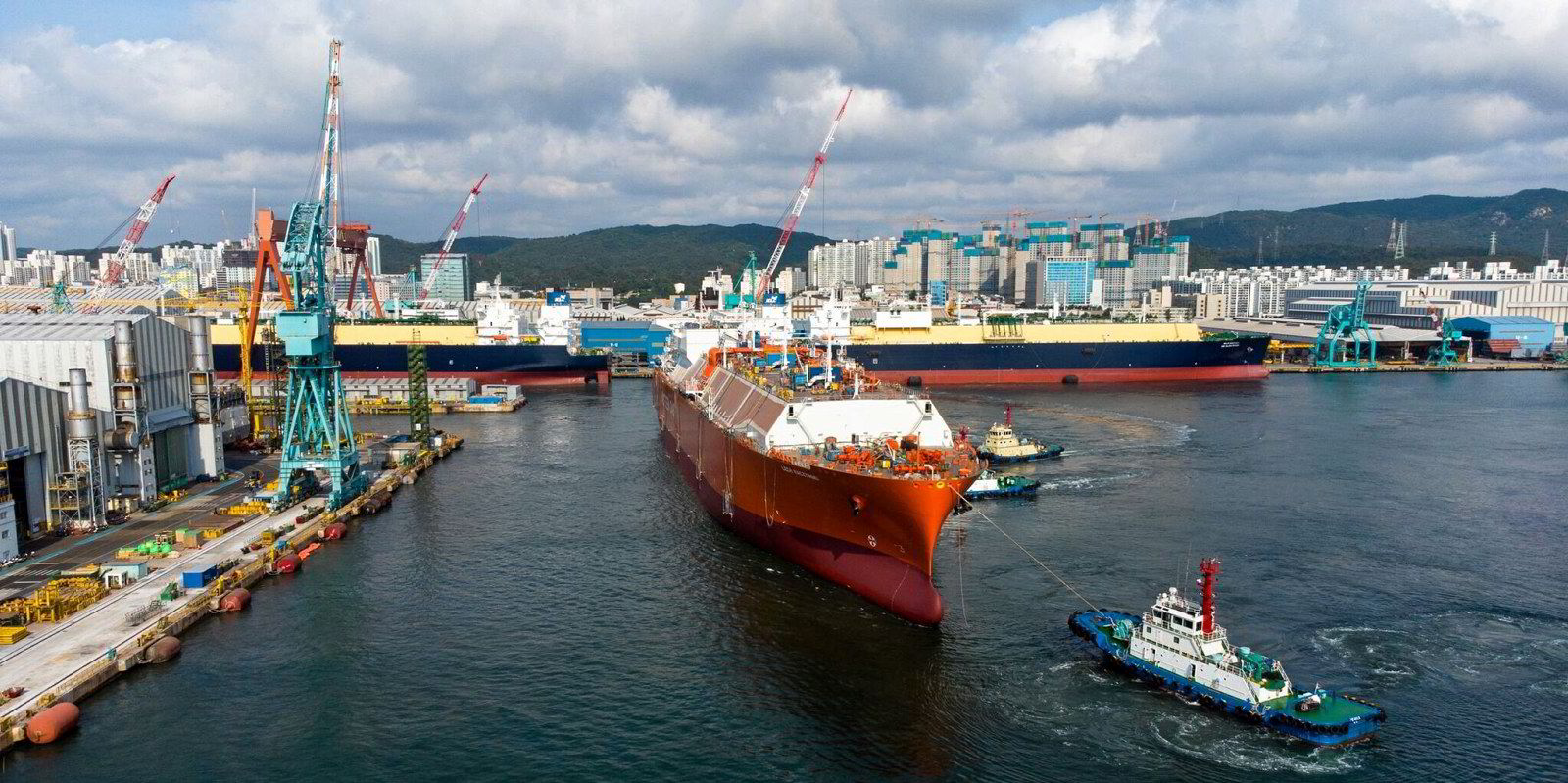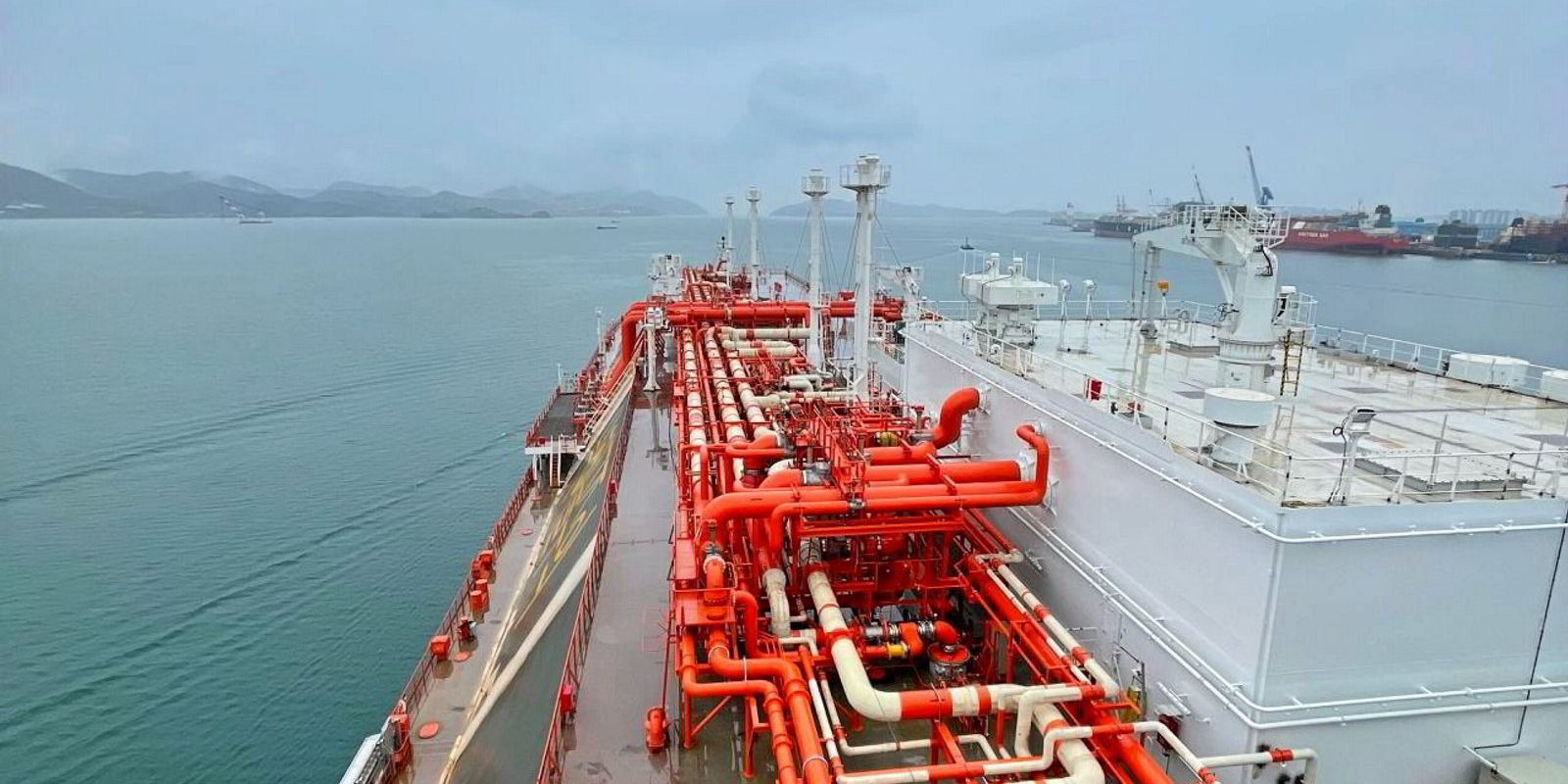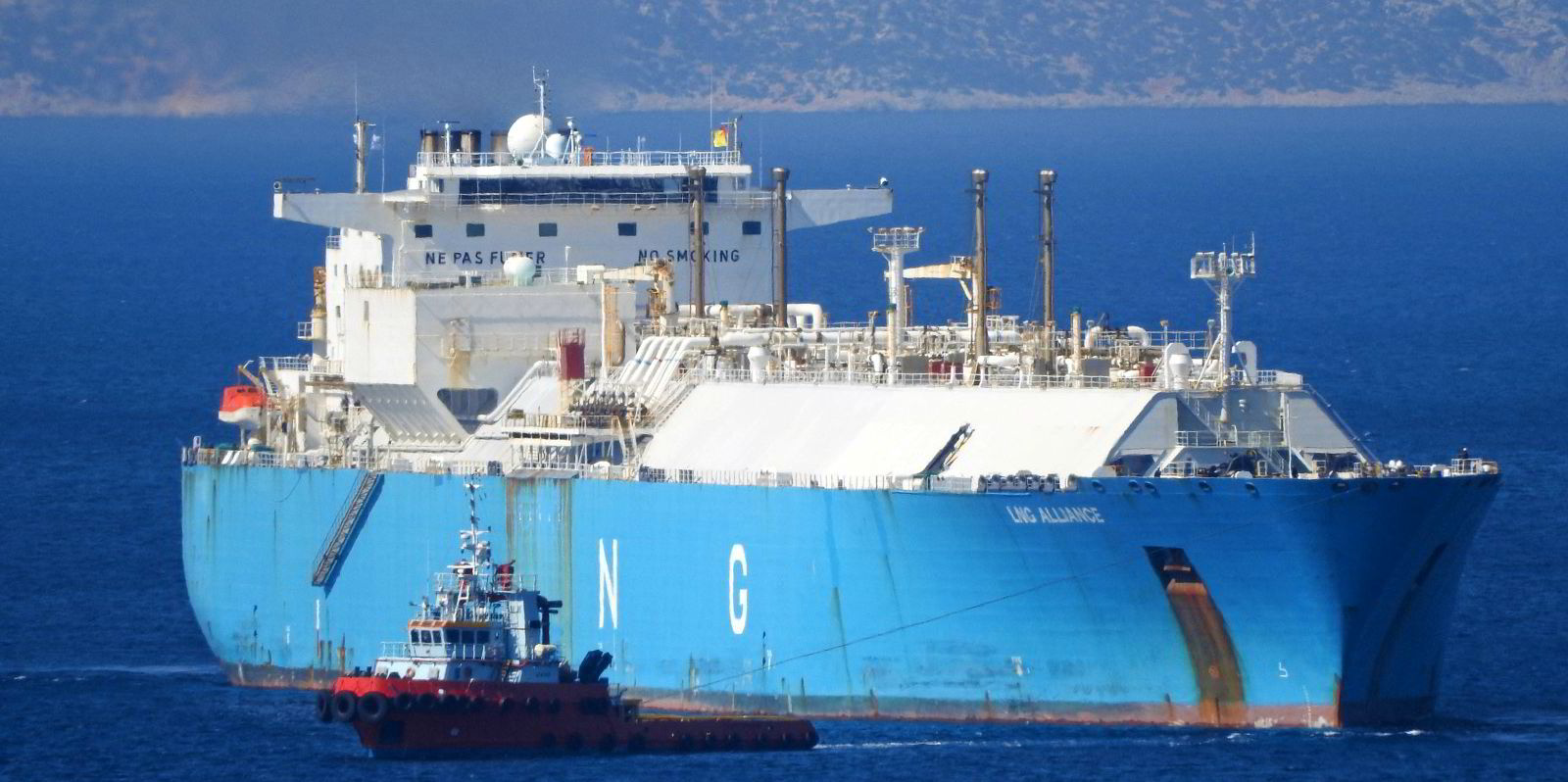Contracting of LNG carrier newbuilding is expected to remain strong in 2023, following the record order haul logged last year, according to Clarksons Research.
Writing on the sector, shipping analyst Oliver Stavrinidis said 184 LNG carrier units were contracted in 2022.
He detailed that 19 units had already been contracted by mid-April this year.
“In value terms, LNG carrier orders totalling $44bn have been placed since the start of 2022, 29% of all newbuild investment,” he said.
“This year another strong total is expected, and though likely to be down on last year’s record, it could well exceed 100 units,” Stavrinidis said.
He added that 2023’s total will likely include between 30 and 40 units for QatarEnergy’s huge LNG newbuilding project, for which 66 vessels were contracted in 2022.
Stavrinidis said the LNG carrier orderbook now stands at 325 units, totalling 54.2m cbm and equating to 50% of the existing fleet for this sector.
“Despite this record orderbook, the LNG carrier market outlook for 2023 remains firm,” he said.
The analyst said LNG carrier contracting in recent years has primarily been driven by the wave of export capacity set to come online in 2025-27, much of which is in the US.
He said this is generating significant vessel requirement with the estimated requirement for projects under construction stacking up at around 268 vessels.
The Clarksons analyst said final investment decisions have been taken on two new liquefaction projects to date this year — the 10-million-tonne-per-annum Plaquemines Phase 2 and 13-mtpa Port Arthur Phase 1.
He said this follows the 37 mtpa of export capacity sanctioned in 2022, and brings the total volume under construction to 194 mtpa.
“On the back of the record 132 mtpa of liquefaction capacity currently scheduled to come online in 2025-27, the LNG trade is projected to expand rapidly through this period, potentially reaching 650 mt by 2030 and with upside scenarios possible,” Stavrinidis said.
“Additional vessels will also be needed for replacement, or to compensate for slower speeds,” he added.
Stavrinidis said that beyond 2023 strong future vessel requirements balance much of the large LNG carrier orderbook, although he warned that there may be periods of LNG carrier oversupply if vessels deliver on time and export project start-ups slip.
The analyst forecasts that LNG carrier demolition will pick up through the 2020s, highlighting there are 241 steam turbine vessels in the current fleet of which 45 are over 25 years old.
He said the new Energy Efficiency Existing Ship Index and Carbon Intensity Indicator emissions regulations may force vessels to trade at slower speeds, which could also tighten supply.
A slowdown of 1 knot across the fleet would require the equivalent of about 30 to 40 units, he detailed.
“On course to expand rapidly over the next five years, the LNG sector is still very much in a major phase of expansion,” Stavrinidis said.





